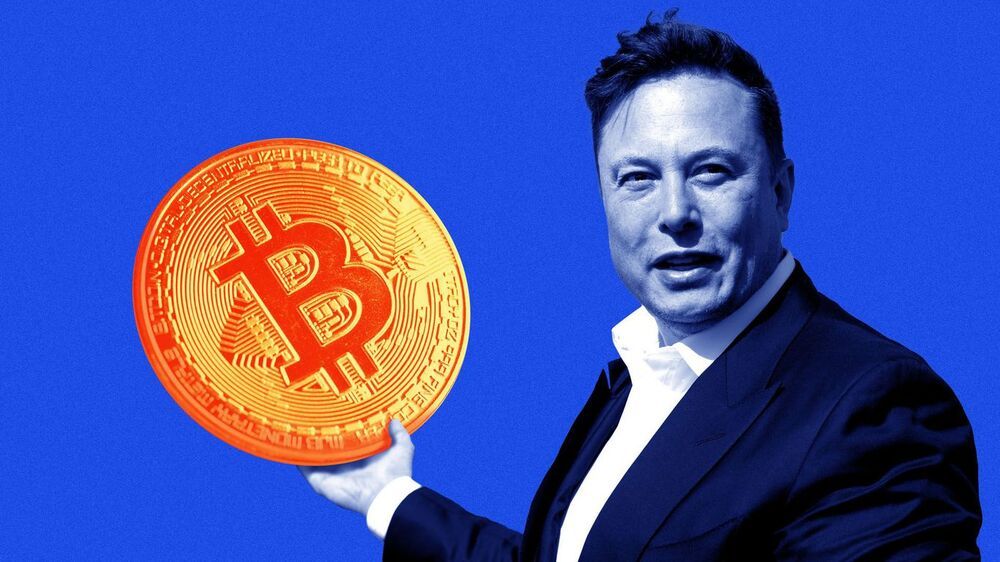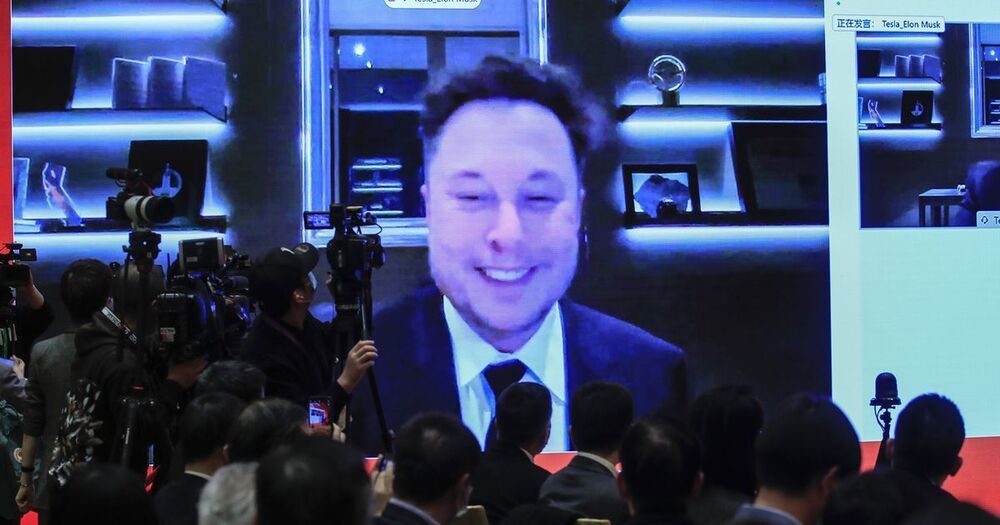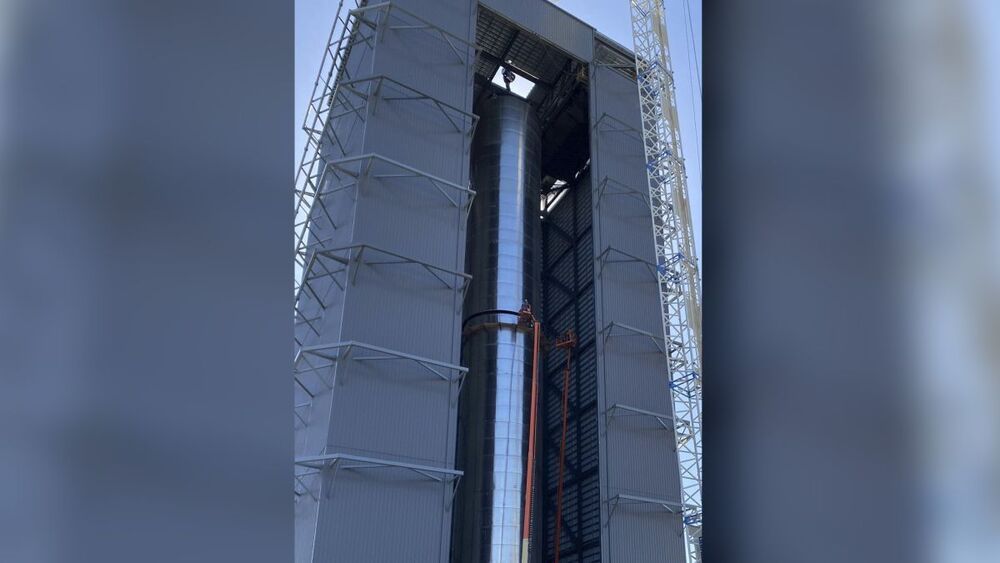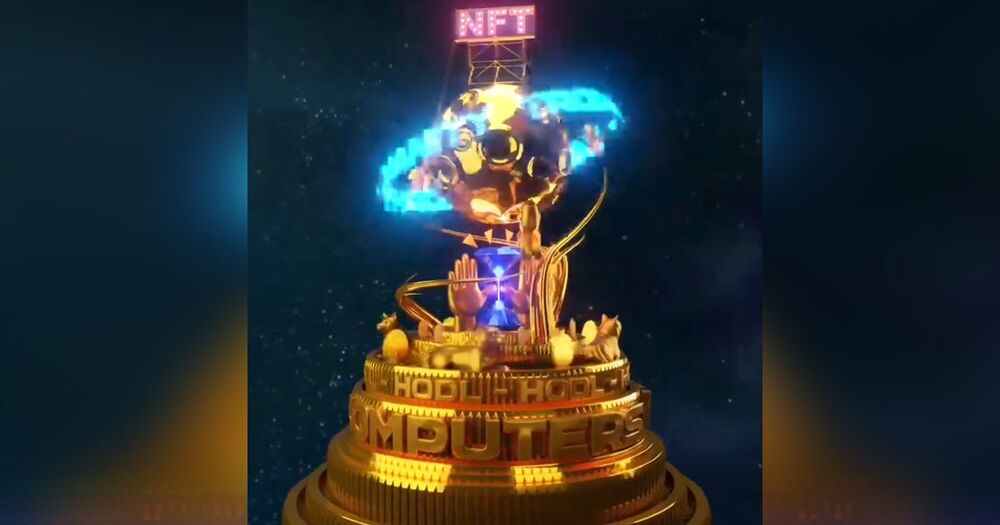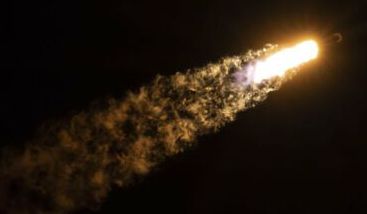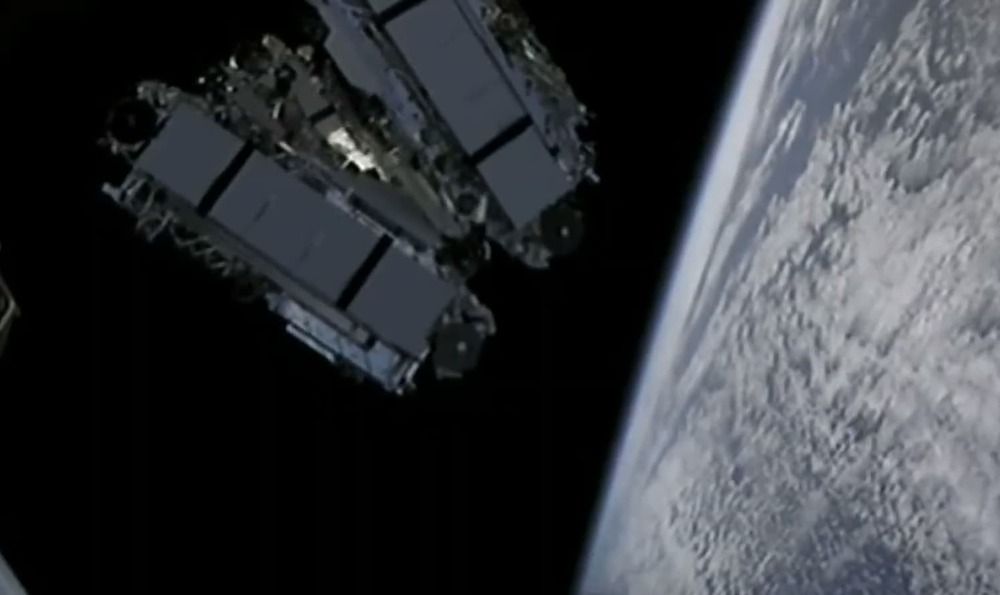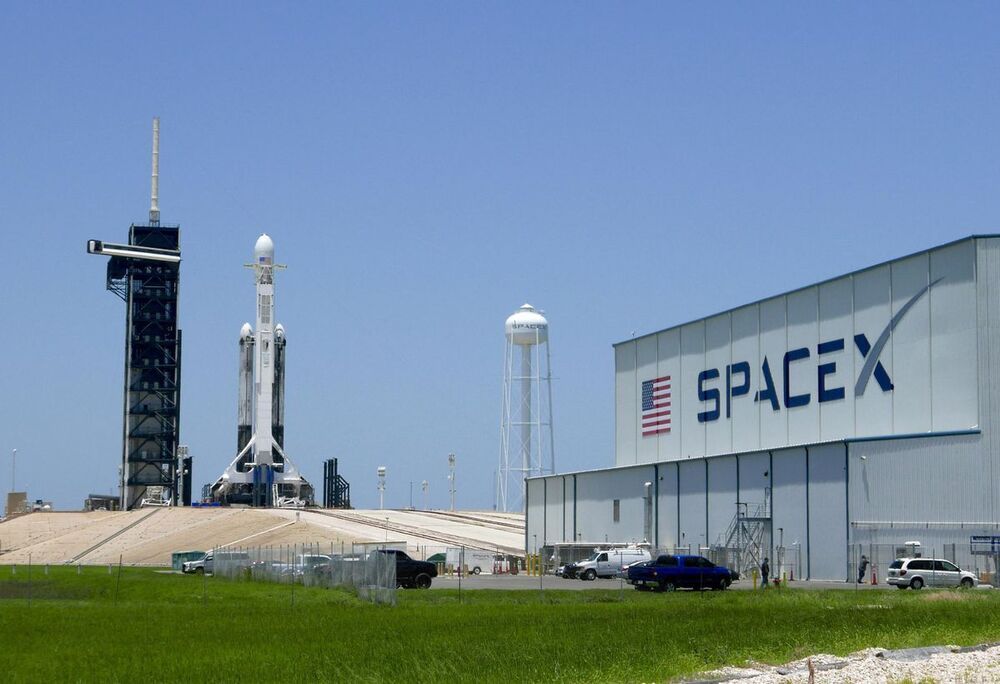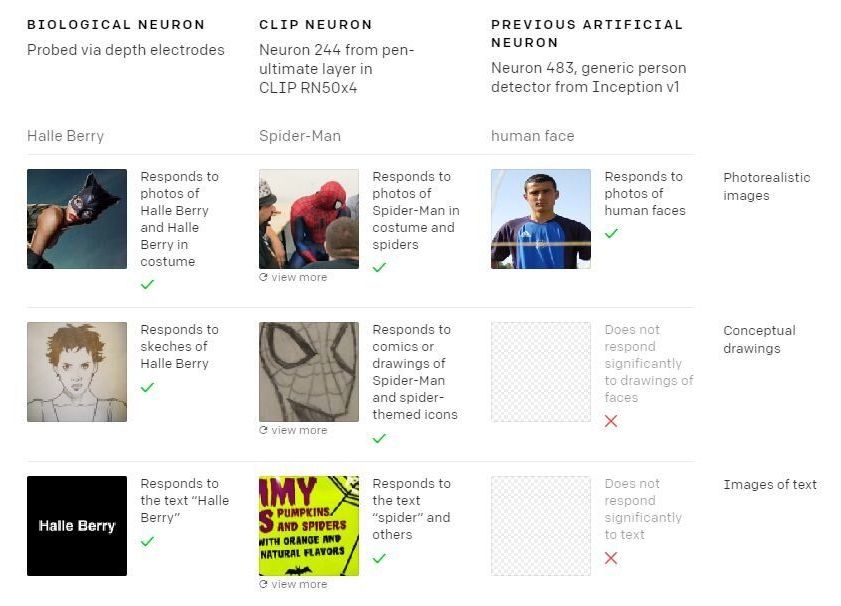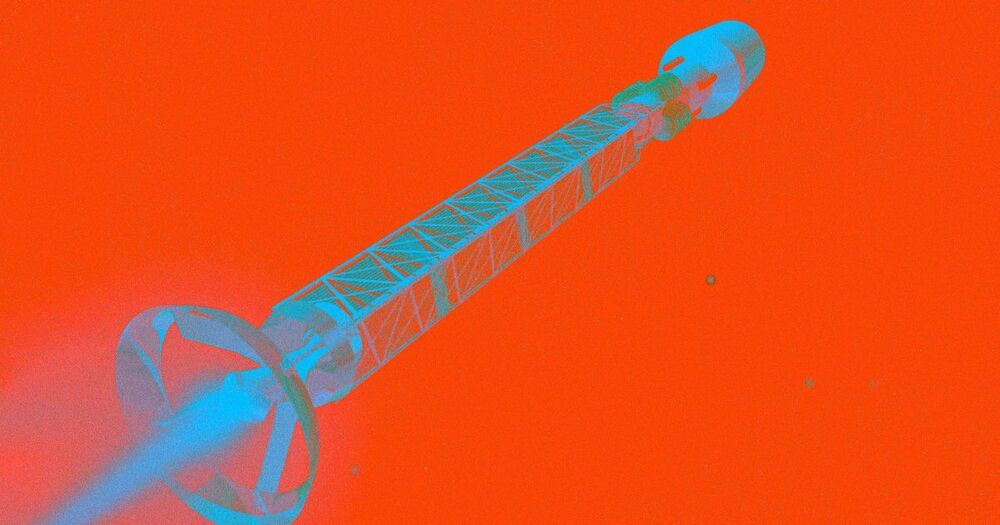Bitcoin as payment hasn’t taken off in the decade-plus existence of the digital currency.
Category: Elon Musk – Page 169
.
· Yes-t-e-r——day—— ————-at-10—:—3–3 A-M—— ·
Tesla’s Elon Musk said he sees too much risk for Tesla to engage in espionage. His words come after China barred its officials from using Tesla vehicles.
“Ahsan Noor Khan, a PhD student and first author of the study, said: “We’re now looking to investigate how we could use low-cost existing systems, such as Wi-Fi routers, to detect emotions of a large number of people gathered, for instance in an office or work environment.” Among other things, this could be useful for HR departments to assess how new policies introduced in a meeting are being received, regardless of what the recipients might say. Outside of an office, police could use this technology to look for emotional changes in a crowd that might lead to violence.”
Research from the UK and an update from Elon Musk on human trials at his brain interface company show software is now eating the mind.
A massive rocket booster for a massive Starship.
SpaceX CEO Elon Musk showed off the company’s first Starship Super Heavy booster in a Twitter post on Thursday (March 18).
“For those that know rockets, this is a ridiculously hard thing.”
As this is the first Falcon 9 rocket to launch nine missions, it raises the prospect of a first stage making a tenth flight in the near future, probably within a month or two. Reaching ten flights would accomplish one of the main goals set by SpaceX with the Falcon 9 rocket, after optimizing the vehicle for reuse about three years ago.
The company debuted its “Block 5” version of the Falcon 9 rocket in May 2018, and since then this vehicle has flown 55 missions, all of which have successfully delivered their payloads to orbit. More importantly, the changes SpaceX engineers incorporated into this new rocket to ensure its robustness for reuse, such as strengthening its “Octaweb” engine bay, have largely been validated.
“For those that know rockets, this is a ridiculously hard thing,” SpaceX founder Elon Musk said during a teleconference with reporters in 2018 to discuss the Block 5 upgrades. “It has taken us since, man, since 2002. Sixteen years of extreme effort and many, many iterations, and thousands of small but important development changes to get to where we think this is even possible.” He paused for a second, and then added, “Crazy hard.”
Elon Musk’s SpaceX is preparing to further expand testing of its Starlink satellite internet in a test for the U.S. Air Force, an FCC request revealed.
Elon Musk’s SpaceX is preparing to further test its Starlink satellite internet in a demonstration for the U.S. Air Force, the company revealed in a recent request to the Federal Communications Commission.
“SpaceX seeks to make minor modifications to its experimental authorization for additional test activities undertaken with the federal government,” the company wrote to the FCC in a filing on Thursday.
“The tests are designed to demonstrate the ability to transmit to and receive information from two stationary ground sites and one airborne aircraft at one location, and would add to these limited testing from a moving vehicle on the ground,” SpaceX said.
Half a century after the last astronauts left the Moon, the idea of sending crews to Mars still seems like some sort of vague space policy notion. After all, crews have yet to revisit the Moon. So, even today, talk of getting astronauts to Mars seems largely confined to PowerPoint presentations.
Thus, it was precisely that sense of inexactitude that prompted a young South African-born entrepreneur named Elon Musk to begin his quest to make the dream of boots on Mars a reality.
It’s a notion that is chronicled with alacrity in Eric Berger’s page-turning new book “Liftoff: Elon Musk and the Desperate Early Days that Launched SpaceX.” Berger, senior space editor at Ars Technica, writes with the kind of hard-won insider authority that only comes through covering the nuts and bolts of the commercial space industry for the past twenty years.
Open AI, the research company founded by Elon Musk, has just discovered that their artificial neural network CLIP shows behavior strikingly similar to a human brain. This find has scientists hopeful for the future of AI networks’ ability to identify images in a symbolic, conceptual and literal capacity.
While the human brain processes visual imagery by correlating a series of abstract concepts to an overarching theme, the first biological neuron recorded to operate in a similar fashion was the “Halle Berry” neuron. This neuron proved capable of recognizing photographs and sketches of the actress and connecting those images with the name “Halle Berry.”
Now, OpenAI’s multimodal vision system continues to outperform existing systems, namely with traits such as the “Spider-Man” neuron, an artificial neuron which can identify not only the image of the text “spider” but also the comic book character in both illustrated and live action form. This ability to recognize a single concept represented in various contexts demonstrates CLIP’s abstraction capabilities. Similar to a human brain, the capacity for abstraction allows a vision system to tie a series of images and text to a central theme.
SpaceX’s Starship is powered by methane. Its Falcon 9 runs on highly refined kerosene known as RP-1.
But if a new tweet means anything, SpaceX CEO Elon Musk already has his eyes set on a much higher-tech rocket fuel: antimatter.
In a reply to a post about antimatter rockets — hypothetical spacecraft that would be powered by antimatter — Musk tweeted just two words: “Ultimately, yes.”
